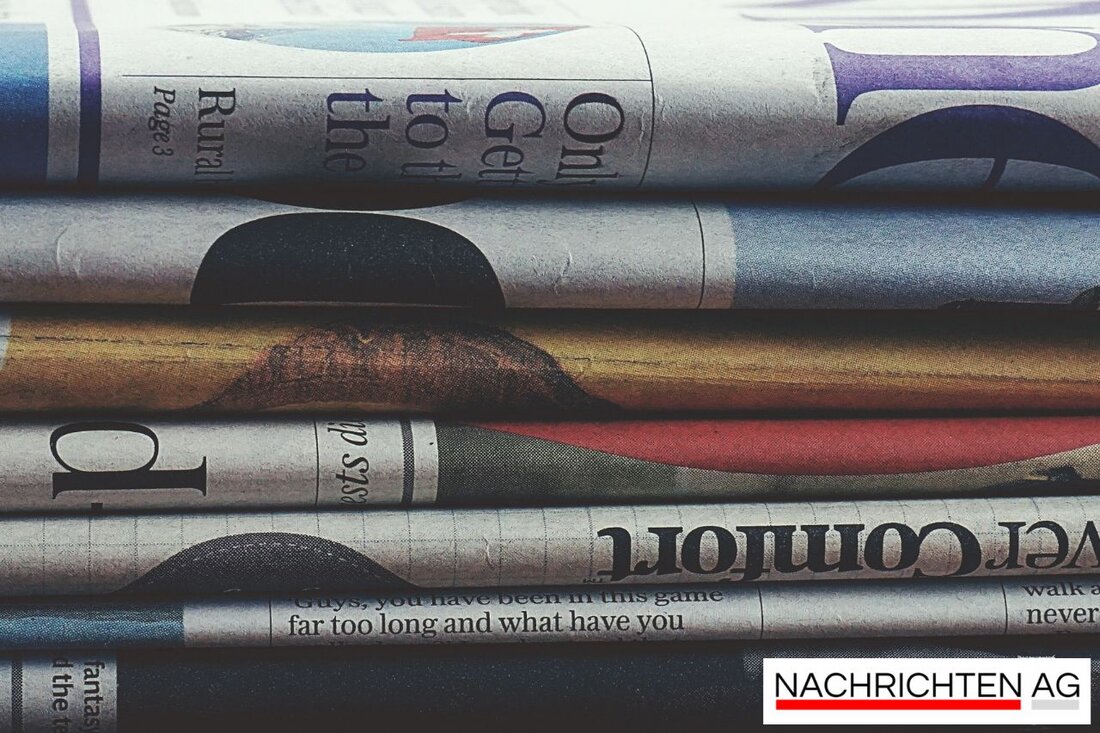From the world exhibition to the industrial area: The Expo 2000 in Hanover today
From the world exhibition to the industrial area: The Expo 2000 in Hanover today
Hannover, Deutschland - The Expo 2000, the first world exhibition in Germany, took place from June 1 to October 31, 2000 in Hanover. The event attracted around 18 million visitors under the leitmotif "Man, nature and technology - a new world is created" and included an area of 160 hectares. 155 nations and 27 international organizations took part, which reflected the great diversity and global exchange that Expo was supposed to promote. Despite the high expectations of 40 million visitors, it turned out in Retrospect that the real numbers were far behind the forecasts due to high admission prices and inadequate marketing. t-online.de reports that the opening of Federal Chancellor Gerhard Schröder was visited and the event was visited with a specimen mass climb 65,000 helium balloons, which carried the lettering "The future is open", was opened. The band "Scorpions" also contributed to the opening ceremony with their hymn "Moment of Glory".
Although the Expo 2000 is considered a highlight in the history of the trade fairs, the aftermath and conversion of the pavilions are of interest. Today, Expo Park Hannover, in which universities and commercial areas have been created, attracts an estimated 33,000 visitors. The former pavilions have found many different uses. The former German pavilion, which was considered the largest and most visited during Expo, is now empty and is to be used for art and culture in the future. The Bene Foundation from Hamburg acquired the property at the end of 2023. The Turkish pavilion will also be rebuilt-it will soon be opened as an indoor game paradise. An entrepreneur from Hanover puts this project into practice. hna.de emphasizes that the Dutch pavilion, also called Big Mac, in a residential and work project with 384 Micro apartments and office space are converted.
reuse of the pavilions
The large number of pavilions shows different ways of using it. The French pavilion today has BMW as a tenant, while the Danish pavilion initially served as a showroom and was later used for training. However, some pavilions are empty or have been demolished, which raises questions about long -term use. Of the originally planned 487 projects, only about 85 percent of the area and pavilions are still in use, with many of the former exhibition rooms experiencing creative conversions.
A prime example of the transformation is the former gondola lift, which was a key attraction during the Expo but was dismantled after the event. The site is also shaped by the Expo-Arena, today known as ZAG Arena, which is used not only for events, but also as a sports facility. The celebrations for the 25th anniversary of the Expo 2000 will be due in the coming year, which will initiate new discussions about the meaning and teachings from this unique event. wikipedia.org illustrates that the Expo was not only an event of the present, but also exposed visions for the future that continue to work.
| Details | |
|---|---|
| Ort | Hannover, Deutschland |
| Quellen | |


Kommentare (0)